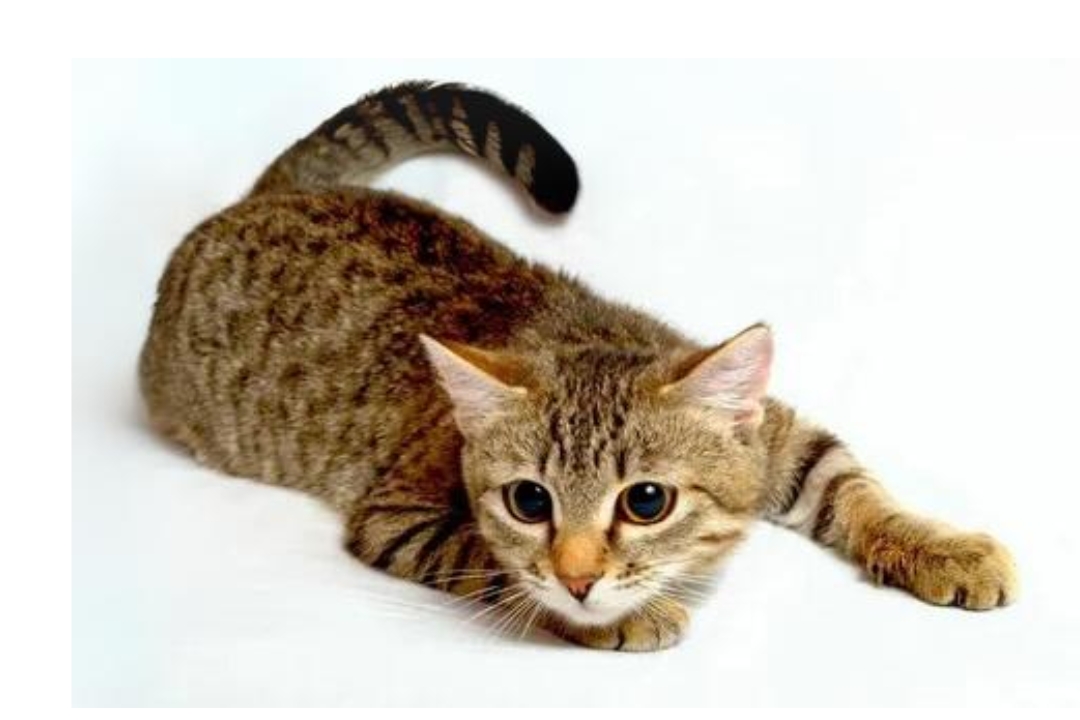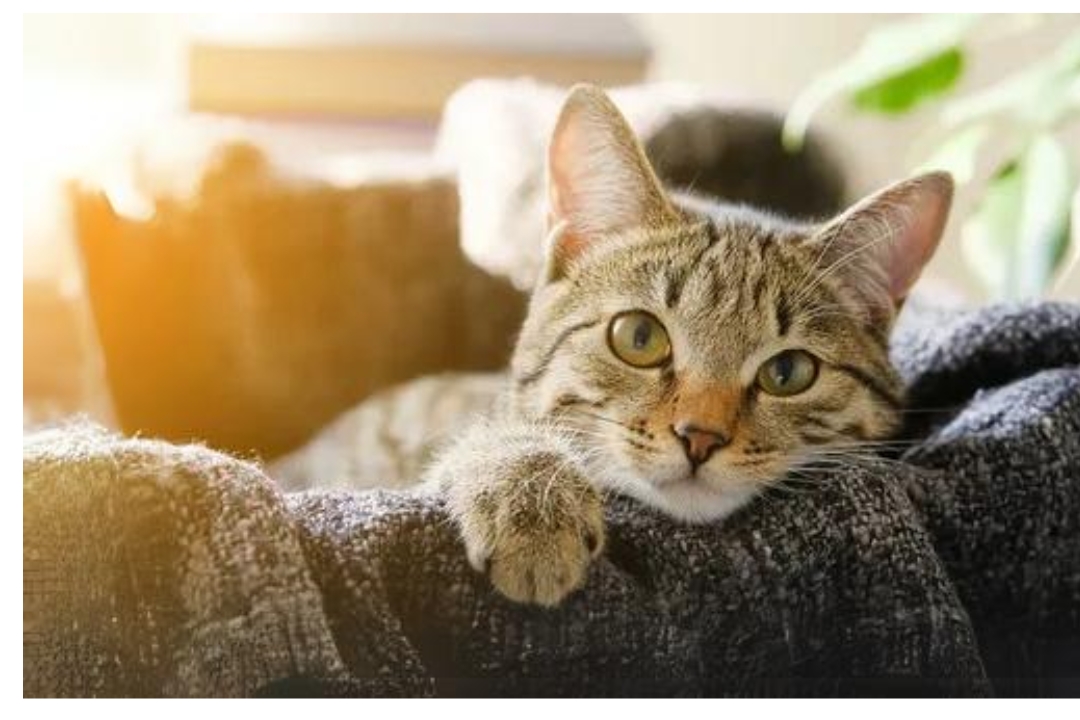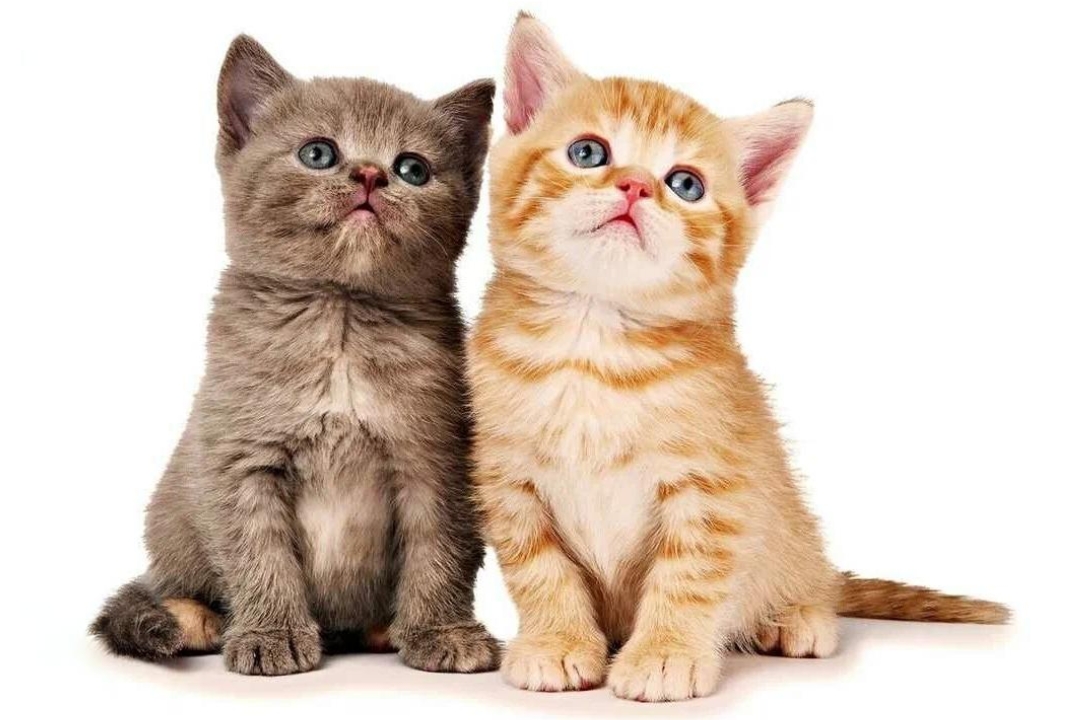Unveiling the Mystique Cats: A Closer Look at Cats 01
In this article, we’ll dig into the captivating universe of felines, investigating their set of experiences, conduct, and special attributes that make them such surprising partners.
Table Of Content
- Unveiling the Mystique: A Closer Look at Cats 01
- A Briefly History Of Cats
- The Science of Cats Behavior
- Unique Traits of Cats
- The Science of Cats Health and Care
- Understanding Feline Health Issues
- Cats in Popular Culture and Media
- The Bond Between Cats and Humans
- The Importance of Cats Training and Socialization
- .Understanding Cats Breeds and Their Characteristics
- The Role of Cats in Environmental Balance
- The Future of Cats in a Changing World
- The Social Dynamics of Multi-Cats Households
- Cats and Their Role in Human Lives Beyond the Home
- The Unique Appeal of Cats in Modern Society
- Addressing Common Misconceptions About Cats
- Conclusion
- Frequently Asked Questions About Cats
A Briefly History Of Cats
The taming of felines traces all the way back to antiquated Egypt something like a long time back. At first, wild felines were drawn to human settlements because of the wealth of food — fundamentally rodents. People, thus, appreciated the felines’ bug control capacities and started to endure their presence. Over the long haul, this common advantage prompted a more harmonious relationship, in the end finishing in the training of felines.
Felines spread from Egypt to different regions of the planet through exchange and investigation. In old Rome, felines were related with the goddess Bastet, who represented home, richness, and security. Their job as sidekicks and defenders turned out to be more imbued in different societies, and by the Medieval times, they had turned into a typical presence in families across Europe.
The Science of Cats Behavior
Felines are known for their free and frequently mysterious way of behaving, which can once in a while be confounding to their human colleagues. Understanding a feline’s way of behaving requires a more critical glance at their normal impulses and developmental foundation.
- Territoriality: Felines are innately regional creatures. In the wild, they lay out and shield their domain to guarantee admittance to assets like food and haven. This regional sense frequently appears in homegrown felines as ways of behaving like denoting their domain with aroma organs, scratching, and, surprisingly, forceful activities towards saw gatecrashers.
- Hunting Senses: Despite the fact that homegrown felines will not have to chase after food, their ruthless impulses stay solid. Play ways of behaving, for example, jumping on toys or following shadows, are ways for felines to practice their hunting abilities and fulfill their normal inclinations.
- Social Designs: Dissimilar to canines, which are pack creatures, felines are single trackers essentially. This implies that their social designs are more liquid. While certain felines are extremely friendly and partake in the organization of different felines and people, others might favor isolation. Each feline’s social way of behaving is impacted by its singular character and early encounters.

Unique Traits of Cats
- Correspondence: Felines impart through an intricate exhibit of vocalizations, non-verbal communication, and fragrance markings. Their murmuring is frequently connected with happiness, however it can likewise imply torment or misery. Figuring out a feline’s non-verbal communication —, for example, tail position, ear direction, and eye development — can give important experiences into their profound state.
- Readiness and Equilibrium: Felines are famous for their deftness and equilibrium. Their adaptable spine, solid muscles, and retractable paws permit them to smoothly take amazing jumps and land. This actual ability is a consequence of their developmental transformation as dexterous trackers.
- Prepping: Felines spend a huge piece of their day preparing themselves. This conduct fills various needs: it assists keep their fur with cleaning, directs internal heat level, and fortifies the connection among felines and their human mates through shared prepping.
The Science of Cats Health and Care
Really focusing on a feline includes understanding their wellbeing needs and accommodating their physical and close to home prosperity. Felines are by and large low-support pets, yet they actually require mindful consideration to guarantee they carry on with sound and cheerful existences.
- Diet and Nourishment: A fair eating routine is significant for a feline’s wellbeing. Felines are commit carnivores, meaning their eating regimen should be wealthy in creature proteins. Great business feline food varieties are figured out to meet these dietary requirements, however it’s critical to pick a food proper for their age, wellbeing status, and movement level. New water ought to continuously be accessible. Try not to take care of them canine food or human food, as certain fixings can be destructive to felines.
- Normal Veterinary Exams: Customary visits to the veterinarian are fundamental for checking a feline’s wellbeing. Routine exams can help catch and address issues like dental issues, corpulence, or kidney sickness early. Immunizations and safeguard medicines for parasites (like bugs and ticks) are additionally significant for keeping felines sound.
- Prepping: While felines are capable self-custodians, ordinary brushing oversees shedding and lessens the gamble of hairballs. Long-haired varieties, similar to the Maine Coon or Persian, especially benefit from customary prepping. Consistently taking a look at their ears, hooks, and teeth is likewise essential for great prepping practice.
- Litter Box Support: A perfect litter box is urgent for a feline’s cleanliness and solace. Scoop the litter box everyday and change the litter and clean the container completely consistently. Felines are exceptionally specific about their washroom propensities and may decline to utilize a filthy or inadequately kept up with litter box.
- Enhancement and Exercise: Mental and actual feeling are significant for a feline’s prosperity. Give an assortment of toys, scratching posts, and climbing designs to keep them locked in. Intuitive play meetings are additionally gainful for keeping up with their actual wellbeing and reinforcing the connection among feline and proprietor.
Understanding Feline Health Issues
Felines are vulnerable to specific ailments, some of which are normal and others that are breed-explicit. It is frequently dealt with a unique eating regimen and insulin infusions. Early recognition and treatment are vital to dealing with the condition actually.
- Kidney Illness: Constant kidney sickness is a typical condition in more seasoned felines. Side effects can incorporate expanded thirst, successive pee, and weight reduction. While it can’t be restored, it tends to be made do with a unique eating routine and meds.
- Hyperthyroidism: This condition is brought about by an overactive thyroid organ and is most normal in more seasoned felines. Side effects incorporate weight reduction, expanded hunger, and hyperactivity.

Cats in Popular Culture and Media
Felines have a rich presence in mainstream society, frequently representing different characteristics and characteristics. Their persona and elegance have made them stars in writing, movies, and web images.
- Writing: Felines have showed up in writing since the beginning of time, from old fantasies to present day books. Characters like the Cheshire Feline in Lewis Carroll’s “Alice’s Undertakings in Wonderland” and Beatrix Potter’s Peter Hare’s companion, Tom Cat, have captivated pursuers for ages.
- Movies and Media: Felines have featured in movies and Programs, from energized works of art like Disney’s “The Aristo cats” to the adored “Garfield” funny cartoon and film series. All the more as of late, web sensations, for example, Surly Feline and Lil Pal have accumulated overall acclaim, featuring the persevering through allure of cats.
- Web Culture: The web has led to another flood of feline superstars. Viral recordings, images, and virtual entertainment accounts devoted to felines feature their fun loving, eccentric, and charming way of behaving, demonstrating that their appeal is as strong in the advanced age as it has been since forever ago.
The Bond Between Cats and Humans
The connection among felines and people is a complicated and complex one, portrayed by common regard and friendship. Understanding this bond can develop our appreciation for our catlike buddies and improve our connections with them.
- Profound Association: Felines can frame profound close to home bonds with their proprietors, frequently showing love through ways of behaving like murmuring, head-butting, and twisting up in their laps. These activities are indications of solace as well as mirror areas of strength for a to their human sidekicks. Studies have demonstrated the way that felines can perceive their proprietors’ voices and frequently answer all the more emphatically to their presence contrasted with outsiders.
- Helpful Advantages: The presence of a feline can restoratively affect people. Collaborating with felines has been displayed to decrease pressure, lower pulse, and reduce sensations of dejection. The demonstration of petting a feline can set off the arrival of oxytocin, a chemical related with holding and profound prosperity.
- Conduct Correspondence: Felines speak with their people in different ways, utilizing a mix of vocalizations, non-verbal communication, and ways of behaving. For example, a feline that chases after you might be looking for consideration or friendship. Understanding these signs can assist with reinforcing the connection among you and your feline
.
The Importance of Cats Training and Socialization
While felines are known for their free nature, they can profit from preparing and socialization. Legitimate preparation can improve their way of behaving and reconciliation into a family, making them more charming sidekicks.
- Litter Box Preparing: Most felines instinctually utilize a litter box, however guaranteeing that it is spotless and open is critical. In the event that a feline is disapproving of litter box use, it very well might be because of stress, medical conditions, or an unsuitable climate. Resolving these issues immediately can forestall conduct issues.
- Socialization: Mingling little cats from the get-go in life is urgent for their turn of events. Openness to different individuals, creatures, and conditions can assist them with developing into balanced grown-up felines. Socialization ought to be delicate and positive to try not to make dread or tension.
- Conduct Preparing: Preparing a feline to follow orders or change specific ways of behaving requires persistence and consistency. Uplifting feedback, like treats or commendation, is the best strategy. Preparing can assist with normal issues like scratching furniture or jumping on ledges

.Understanding Cats Breeds and Their Characteristics
Felines arrive in a different scope of breeds, each with its own exceptional qualities and characteristics These felines frequently require normal preparing to forestall matting and keep up with their appearance. They are for the most part delicate and warm, making them superb colleagues.
- Short-Haired Varieties: Short-haired varieties, like the American Shorthair, Siamese, and English Shorthair, have less requesting preparing needs. They are frequently known for their accommodating nature and versatility to different everyday environments.
- Sphynx and Bare Varieties: Breeds like the Sphynx are bald, which can be a positive characteristic for those with sensitivities. In spite of lacking fur, these felines actually need standard skin health management and consideration regarding keep up with their wellbeing and solace.
- Extraordinary and Intriguing Varieties: A few varieties, similar to the Bengal or Scottish Overlap, have unmistakable elements that put them aside. The Bengal is known for its striking coat designs, while the Scottish Crease has interesting collapsed ears. Each breed accompanies its own arrangement of necessities and character attributes.
The Role of Cats in Environmental Balance
Felines assume a significant part in keeping up with biological equilibrium, both in the wild and in human-occupied regions.
- Bug Control: Felines are regular hunters and can assist with controlling populaces of rodents and bugs. This capacity was one of the underlying purposes behind their taming. Indeed, even homegrown felines, with their natural hunting ways of behaving, add to decreasing the quantity of vermin around homes.
- Preservation Endeavors: In certain districts, felines are engaged with preservation endeavors to shield local natural life from obtrusive species. Notwithstanding, it is fundamental for animal people to deal with their felines capably to keep away from pessimistic effects on neighborhood untamed life.
- Wild Feline Administration: Wild feline populaces can fundamentally affect biological systems. Trap-fix return (TNR) programs are one way to deal with dealing with these populaces altruistically. TNR helps control the quantity of wild felines and works on their personal satisfaction by furnishing them with a steady climate.
The Future of Cats in a Changing World
As society keeps on advancing, the job of felines and the manner in which we care for them are likewise evolving.
- Progresses in Veterinary Medication: Advancements in veterinary medication are working on the conclusion and treatment of cat medical problems. Progresses in a medical procedure, medicine, and symptomatic devices add to longer and better lives for felines.
- Innovation and Felines: Innovation is improving the way that we care for our felines. Computerized litter boxes, intuitive toys, and pet checking frameworks are turning out to be more normal, making it simpler for feline proprietors to deal with their pets’ necessities and prosperity.
- Natural Contemplations: Expanding consciousness of ecological issues is prompting more eco-accommodating pet consideration items. Reasonable feline litter, biodegradable toys, and energy-proficient pet consideration arrangements are turning out to be all the more generally accessible.
The Social Dynamics of Multi-Cats Households
As society keeps on developing, the job of felines and the manner in which we care for them are likewise evolving.
For the overwhelming majority feline proprietors, having beyond what one feline can pursue. Multi-feline families can offer extra friendship and advancement for both the felines and their proprietors, however they likewise accompany novel difficulties and elements.
- Presenting New Felines: Legitimate presentation is pivotal while bringing another feline into a family with existing felines. The interaction ought to be slow, permitting both the new and inhabitant felines to acclimate to one another’s presence. At first, keep the new feline in a different room and progressively permit them to cooperate under managed conditions. Utilizing aroma trading, where bedding or toys from each feline are traded, can assist with facilitating the change.
- Regional Way of behaving: Felines are normally regional creatures, and presenting another feline can prompt struggles. Giving numerous assets, for example, food bowls, litter boxes, and scratching posts, can assist with decreasing rivalry and regional questions. Guaranteeing that each feline has its own place of refuge to withdraw to is likewise significant.
- Socialization and Play: Felines in multi-feline families frequently benefit from intuitive play meetings, which can assist with fortifying their bonds and give mental and actual excitement. Toys that empower agreeable play, similar to wand toys or puzzle feeders, can be especially successful.
- Checking Wellbeing: In multi-feline families, it’s vital to intently screen the strength of each feline. Sicknesses can spread rapidly among felines, so ordinary veterinary exams and immunizations are fundamental. Watch for indications of stress or ailment, like changes in conduct, hunger, or litter box propensities.
Cats and Their Role in Human Lives Beyond the Home
Felines have had massive effects outside the home, adding to different parts of society and culture.
- Working Felines: In certain locales, felines are utilized as working creatures. They are much of the time utilized in outbuildings, distribution centers, and shops to control rat populaces. Working felines can be exceptionally compelling and are esteemed for their nuisance control capacities.
- Felines in Treatment and Help Jobs: Felines are progressively perceived for their remedial advantages. They are in some cases utilized in treatment projects to assist individuals with psychological wellness issues, including tension and despondency. Felines can give solace and basic encouragement in settings, for example, nursing homes and restoration focuses.
- Felines and Science: Felines play had an impact in logical examination, especially in examinations connected with creature conduct, hereditary qualities, and veterinary medication. Research including felines has added to a superior comprehension of cat wellbeing and has prompted propels in clinical medicines for the two felines and people.

The Unique Appeal of Cats in Modern Society
Felines keep on flourishing in present day culture, mirroring their versatility and getting through claim.
- The Ascent of Feline Culture: The web has intensified the perceivability of felines, with online entertainment stages including innumerable feline images, recordings, and records devoted to cat shenanigans. Felines’ internet based prominence has given pleasure to millions as well as added to conversations about creature government assistance and capable pet proprietorship.
- Felines in Workmanship and Writing: Felines have for quite some time been muses for specialists and authors. From the rich pictures of felines in Renaissance workmanship to contemporary writing investigating cat points of view, felines have propelled a great many imaginative works. Their depiction frequently mirrors their job as cryptic, effortless, and some of the time unconventional mates.
- Feasible Pet Proprietorship: As ecological mindfulness develops, more feline proprietors are looking for maintainable ways of really focusing on their pets. Eco-accommodating items, for example, biodegradable litter, manageable feline toys, and reused materials, are turning out to be more famous. This shift mirrors a more extensive obligation to diminishing natural effect while really focusing on our catlike companions.
Addressing Common Misconceptions About Cats
In spite of their boundless fame, felines are frequently misconstrued. Tending to normal confusions can assist with cultivating better connections among felines and their proprietors.
- Felines Are Reserved: While felines are known for their autonomous nature, this doesn’t mean they are detached or heartless. Many felines structure solid bonds with their proprietors and show love in unpretentious ways, for example, murmuring, manipulating, or chasing after their proprietors.
- Felines Don’t Need Social Communication: In spite of the fact that felines are single trackers essentially, they actually require social association and mental feeling. Drawing in with your feline through play, preparing, and friendship is significant for their prosperity.
- Felines Are Low Upkeep: While felines might be less requesting than a few different pets, they actually require ordinary consideration and consideration. This incorporates prepping, veterinary consideration, and giving an invigorating climate.
Conclusion
Felines are exceptional creatures whose presence improves our lives in various ways. From their authentic importance to their jobs in present day culture, felines proceed to enthrall and motivate. Their intricate ways of behaving, interesting attributes, and the significant associations they structure with their human partners make them genuinely exceptional. As how we might interpret felines develops and our relationship with them advances, we keep on finding better approaches to appreciate and really focus on these amazing animals. Whether through their friendship, their commitments to science and society, or their effect on culture, felines stay an essential and esteemed piece of our lives.
Frequently Asked Questions About Cats
- What are the basic needs of a cat?
Answer: Cats need several basic things to stay healthy and happy:
- Food and Water: A balanced diet suited to their age and health needs, along with fresh water at all times.
- Litter Box: A clean litter box, scooped daily and completely changed regularly.
- Grooming: Regular grooming, especially for long-haired breeds, to manage shedding and prevent matting.
- Veterinary Care: Routine checkups, vaccinations, and preventative treatments for parasites.
- Enrichment: Toys, scratching posts, and interactive play to provide mental and physical stimulation.
- Shelter and Comfort: A safe, comfortable place to sleep and retreat.
- How can I introduce a new cats to my existing cats?
Answer: Introducing a new cat should be done gradually:
- Separate Spaces: Initially, keep the new cat in a separate room with its own food, water, and litter box.
- Scent Exchange: Swap bedding or toys between the cats to familiarize them with each other’s scent.
- Gradual Introduction: Allow supervised introductions through a door or gate before face-to-face meetings.
- Positive Reinforcement: Use treats and praise to reward positive interactions and reduce stress.
- Monitor Behavior: Watch for signs of aggression or stress and be prepared to separate them if necessary.
- How often should I take my cats to the vet?
Answer: Cats should see the vet for:
- Annual Checkups: Regular health evaluations and vaccinations.
- Vaccinations: Boosters for core vaccines (e.g., feline calicivirus, herpesvirus, and panleukopenia) as recommended.
- Dental Care: Regular dental checkups to prevent dental disease.
- Health Concerns: As needed for any signs of illness or changes in behavior.
- What are some common signs of illness in cats?
Answer: Common signs of illness in cats include:
- Changes in Appetite: Increased or decreased eating.
- Lethargy: Unusual tiredness or lack of activity.
- Vomiting or Diarrhea: Persistent gastrointestinal issues.
- Changes in Urination: Difficulty urinating or increased frequency.
- Weight Loss or Gain: Noticeable changes in body weight.
- Behavioral Changes: Aggression, hiding, or changes in litter box habits.
- How can I manage my cat’s shedding?
Answer: To manage shedding:
- Regular Brushing: Brush your cat regularly to remove loose fur and reduce hairballs.
- Healthy Diet: Ensure your cat is on a balanced diet to promote healthy skin and coat.
- Hydration: Provide plenty of fresh water to maintain skin hydration.
- Grooming Tools: Use appropriate grooming tools for your cat’s coat type.
- Is it necessary to spay or neuter my cats?
Answer: Yes, spaying or neutering is highly recommended for:
- Population Control: Helps reduce the number of unwanted cats and kittens.
- Health Benefits: Reduces the risk of certain cancers and reproductive system issues.
- Behavioral Benefits: Can decrease behaviors related to mating, such as yowling and aggression.
- How can I help my cats adjust to a new environment?
Answer: To help your cat adjust:
- Create a Safe Space: Set up a quiet, comfortable area with food, water, and a litter box.
- Gradual Introduction: Allow your cat to explore the new space at its own pace.
- Familiar Items: Use familiar bedding, toys, or other items to provide comfort.
- Routine: Maintain a consistent routine for feeding, play, and other activities.
- Patience: Give your cat time to adapt and avoid overwhelming them with too many changes at once.
- What should I do if my cat is scratching furniture?
Answer: To address scratching:
- Provide Scratching Posts: Offer various scratching posts or pads to give your cat an appropriate place to scratch.
- Use Deterrents: Apply deterrent sprays or double-sided tape to furniture to discourage scratching.
- Trim Claws: Regularly trim your cat’s claws to reduce damage.
- Encourage Use: Reward your cat for using the scratching post with treats or praise.
- Can cats be trained to do tricks?
Answer: Yes, cats can be trained to do tricks using positive reinforcement:
- Use Treats: Reward your cat with treats and praise for performing the desired behavior.
- Short Sessions: Keep training sessions brief and frequent to maintain your cat’s interest.
- Consistency: Use consistent commands and rewards to reinforce learning.
- Patience: Training may take time, so be patient and persistent.
- What should I do if I find a stray or feral cats?
Answer: If you find a stray or feral cat:
- Assess the Situation: Determine if the cat is lost or truly feral. Stray cats may be lost pets, while feral cats are wild and less socialized.
- Contact a Shelter: Reach out to local animal shelters or rescue organizations for advice and assistance.
- Provide Food and Water: If safe, provide food and water to help the cat while seeking help.
- Consider TNR: For feral cats, consider Trap-Neuter-Return (TNR) programs to manage the population humanely.
